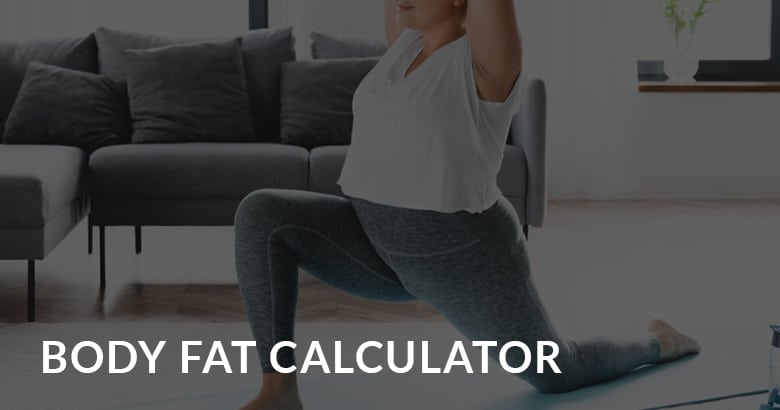A Body Fat Calculator is a convenient tool designed to estimate your body fat percentage based on your individual characteristics and fitness objectives. Whether you’re focused on managing body composition, tracking progress, or simply maintaining a healthy body fat level, this calculator is here to support you on your fitness journey.
What’s a Body Fat Calculator?
You might be intrigued about how the Body Fat Calculator operates. This tool helps determine the proportion of fat in your body, which is essential for understanding your overall fitness and health status.
How Does the Body Fat Calculator Work?
Consider the Body Fat Calculator as your personalized body composition guide. By inputting essential details like age, gender, weight, height, and body measurements, the calculator estimates your body fat percentage.
When Should You Use a Body Fat Calculator?
Here are some scenarios where the Body Fat Calculator can be highly beneficial:
- Body Composition Management: Whether you’re striving to reduce body fat, increase muscle mass, or achieve a balanced body composition, the Body Fat Calculator helps you monitor your progress effectively.
- Fitness Goals: If you’re working towards specific fitness objectives, such as improving athletic performance or enhancing physical appearance, the Body Fat Calculator aids in setting and tracking realistic targets.
- Health Assessment: For individuals seeking to maintain optimal health, understanding your body fat percentage is crucial as excessive fat levels can be associated with various health risks.
Making the Most of the Body Fat Calculator
Obtaining your body fat percentage is only the beginning. It’s essential to use this information to tailor your fitness and nutrition strategies accordingly.
Ready to Go?
Embrace the Body Fat Calculator as your reliable companion in understanding your body composition and guiding your fitness journey. Remember, every individual is unique, and you may need to make adjustments to your approach based on your body’s responses and your evolving fitness goals. Begin your quest for a healthier and fitter you with our Body Fat Calculator today! Let it empower you to make informed choices and progress towards your desired level of fitness and well-being.

Frequently Asked Questions
How much is 20% body fat?
20% body fat means that 20% of a person’s total weight is composed of fat. This percentage is used to assess body composition and can vary depending on factors such as age, gender, and fitness level.
How do you know what body fat percentage you are?
To determine your body fat percentage, you can use various methods such as bioelectrical impedance scales, DEXA scans, skinfold calipers, or body fat calculators. These methods measure different aspects of your body to estimate the proportion of fat in relation to your total weight.
What should be the body fat percentage according to age?
Body fat percentage norms can vary based on age and gender. Generally, body fat percentage tends to be higher as people age. For example, a healthy body fat percentage for adult women is typically considered to be between 20-32%, while for adult men, it is usually between 10-22%. However, optimal body fat percentages can differ based on individual goals and health considerations.
How do I calculate how much fat I need?
To calculate how much fat you need in your diet, you should consider your daily calorie intake and dietary preferences. It’s generally recommended that fat should account for about 20-35% of your total daily caloric intake. To find the amount of fat you need in grams, multiply your daily caloric intake by the desired fat percentage and then divide by 9 (since fat provides 9 calories per gram). Keep in mind that individual needs may vary, so it’s essential to consult a nutritionist or dietitian for personalized guidance.